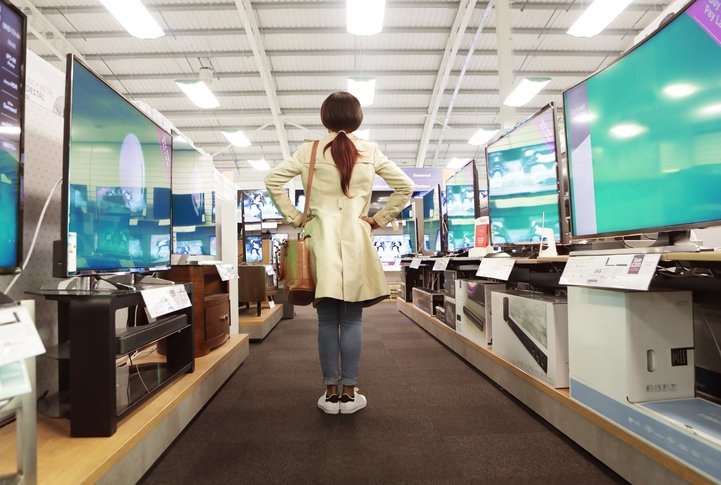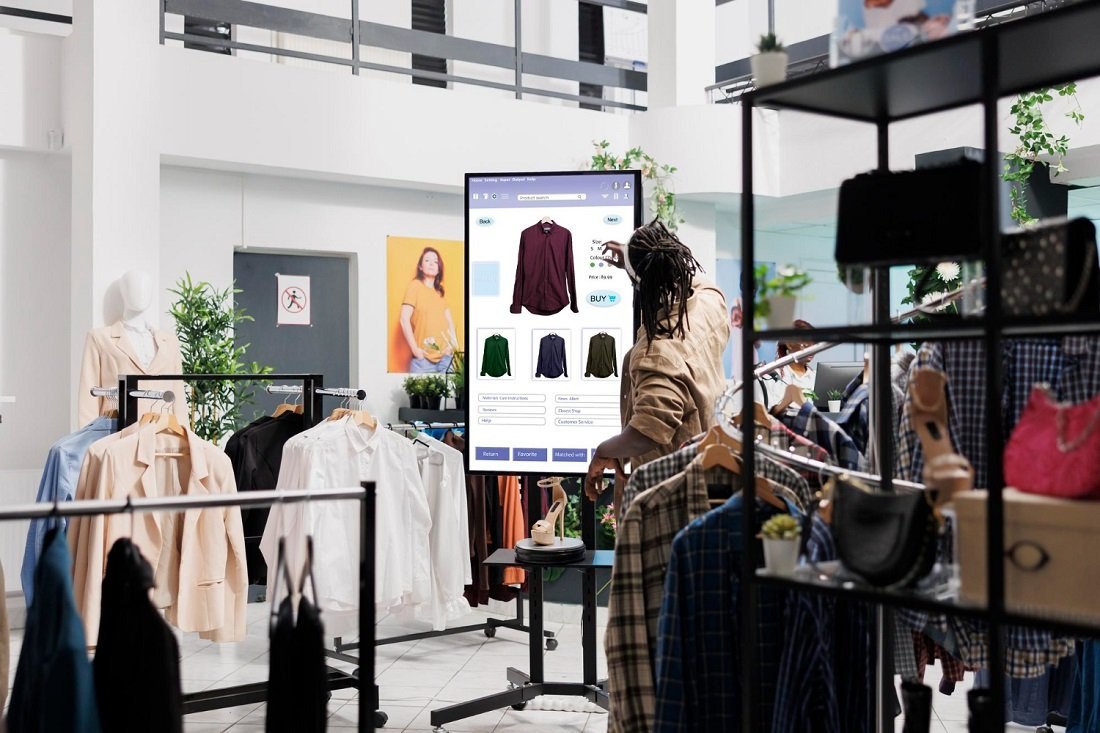
Who attends brand-sponsored events and what holds others back?
As the holiday season approaches, events like The Chanel J12 Boat Race, London International Horse Show among others promise to attract audiences. But are Britons willing to attend? Data from YouGov Profiles reveals 17% of adults say they are likely to attend a brand event in the next 12 months. This figure is highest among younger age groups, with 28% of 18-24 aged adults and 34% of 25-34 aged consumers. Interest tapers off with age, with just 6% of those aged 55 and older likely to attend. Men (19%) are slightly more inclined than women (14%) to attend such events.
When considering non-traditional forms of advertising, product demonstrations are the most engaged-with, attracting half of consumers. This preference is especially pronounced among older audiences, with 65% of those aged 55 and over having participated, compared to just 39% of 18-24 aged Britons. Pop-up shops and installations show different trends, with younger age groups leading engagement. For example, 40% of 18-24-year-olds and 43% of 25-34-year-olds report visiting pop-up shops, compared to 27% of those aged 55+. Similarly, 35% of 18-34-year-olds report engaging with brand installations, compared to only 11% of Britons aged 55 and older.
The reluctance to attend brand-organized events often stems from practical concerns. Nearly two in five (43%) cite inconvenient location as a barrier, while 32% consider such events a waste of money and 31% view them as a waste of time.
Other factors, like disliking the brand (27%) or discomfort with stepping out of one’s comfort zone (16%), play smaller but notable roles. Features like free food and drinks (14%), sustainability efforts (11%), or accommodations for disabilities (10%) are less frequently mentioned but could influence some consumer’s decisions to attend.
Methodology: YouGov Profiles is based on continuously collected data and rolling surveys, rather than from a single limited questionnaire. Profiles data for Great Britain is nationally representative and weighted by age, gender, education, region, and race.
































